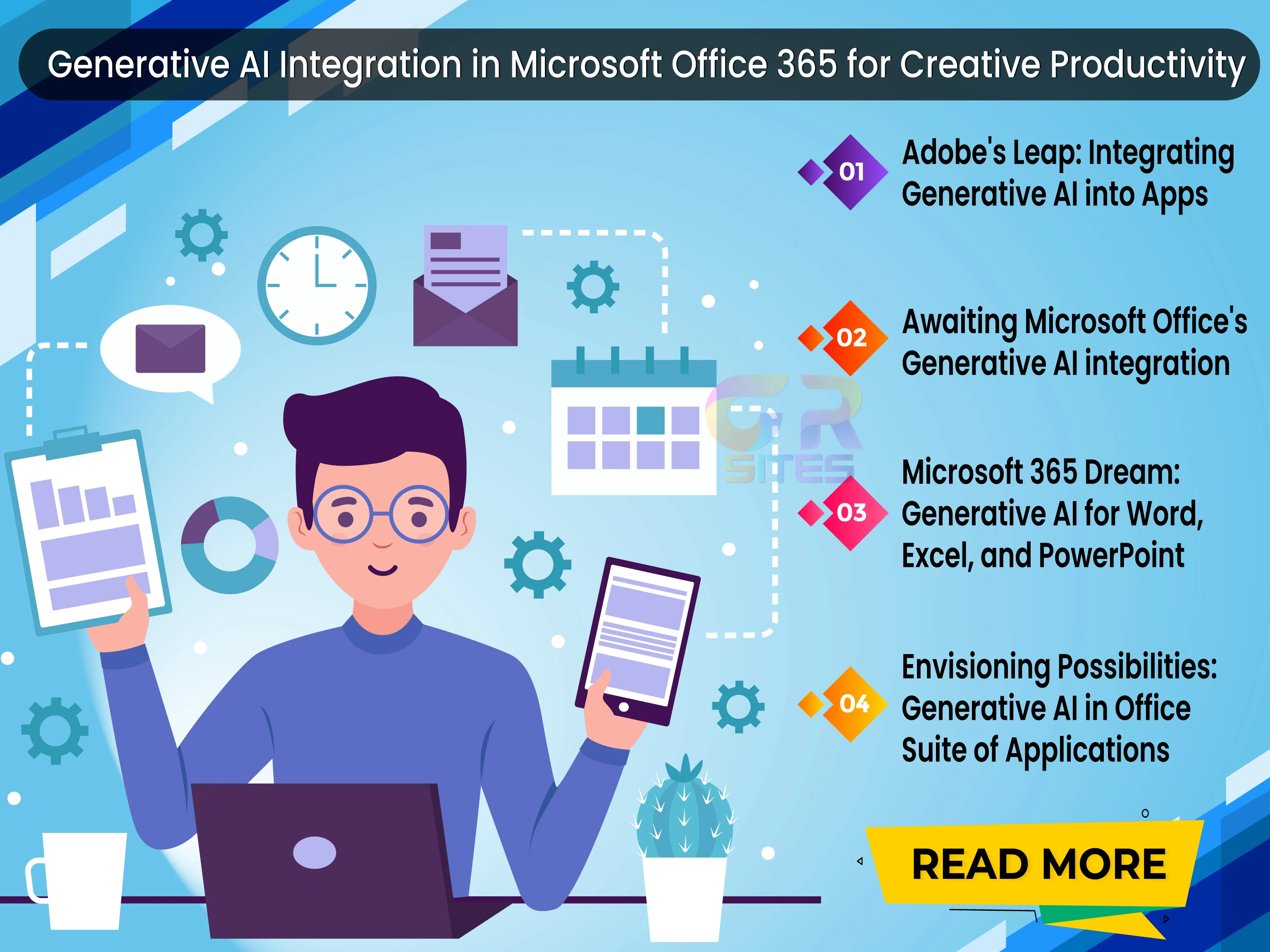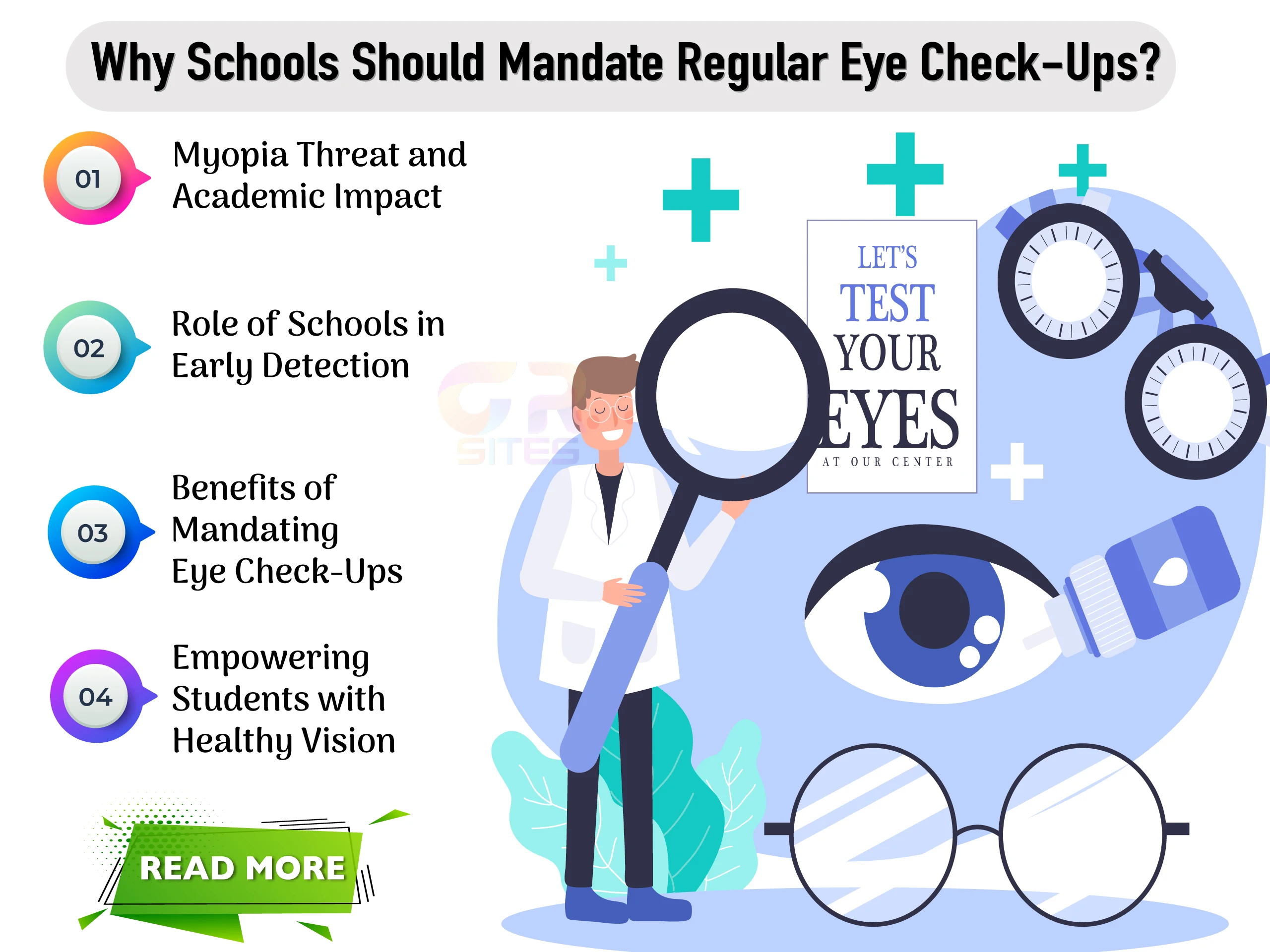In the ever-evolving landscape of technology, generative AI has emerged as a transformative force, reshaping the way we create and interact with digital content. While giants like Adobe have seamlessly integrated generative AI into their flagship applications, Microsoft's Office 365 suite, including Excel, Word, and PowerPoint, remains somewhat untouched since 2021. Join us as we unravel the potential of generative AI integration into Microsoft Office and imagine a future where content creation is not just efficient but downright ingenious.
Generative Revolution: Adobe vs. Microsoft
- Adobe's Leap: Integrating Generative AI into Creative Suites - Adobe's bold step in integrating generative AI into applications like Photoshop and Illustrator has set a precedent in the tech world. Users can now witness the magic of AI-powered content creation, automating repetitive tasks and unleashing unparalleled creative potential. The question that lingers: Why hasn't Microsoft's Office suite, the backbone of productivity, undergone a similar revolution?
- Microsoft Office's Generative AI delayed: As we navigate through 2024, Microsoft Office 365 users find themselves in a time capsule, where the suite's core applications—Word, Excel, and PowerPoint—remain untouched by the generative AI wave or any major design overhaul. While competitors race forward with innovations, Office 365 seems to linger in the shadows of its past, missing the transformative power that generative AI could bring to the table.
Microsoft 365 Dream: Generative AI for Word, Excel, and PowerPoint
Imagine a world where Microsoft 365 subscribers gain exclusive access to a game-changing feature—a seamless integration of generative AI. The dream feature for Microsoft 365 users in late 2024 should undoubtedly be the integration of Generative AI into Word, Excel, and PowerPoint. In Word, users could effortlessly generate lengthy essays, articles, or blog post content with just a simple prompt. Excel users could transform complex data into interactive charts, graphs, and conduct detailed Pivot analyses. PowerPoint presentations would come to life with slides filled with standard content generated intelligently from user-provided text.
Envisioning the Possibilities: Generative AI in Office suite of applications.
Word:
- Instant Content Generation: Effortlessly generate long-form content by providing simple text prompts.
- Diverse Writing Styles: Tailor the AI to produce content in various writing styles, catering to different audiences.
Excel
- Interactive Visualizations: Convert complex data into dynamic charts and graphs with a single command.
- Pivot Analysis Simplified: Allow the AI to perform detailed pivot analysis on datasets, unraveling insights effortlessly.
PowerPoint
- Slide Perfection: Generate slides filled with standard content based on user-provided text, expediting the deck creation process.
- Customizable Themes: Tailor themes and styles according to user preferences, ensuring a consistent and polished presentation.
Conclusion: Bridging the Generative AI Abyss in office 365
As we wrap up our exploration of the Generative AI divide between Adobe and Microsoft Office, the question echoes: Can Microsoft 365 users expect a revolution in content creation? The answer lies in the hands of innovation. A future where the stalwart Microsoft Office suite seamlessly integrates Generative AI is not just a wish; it's a necessity. Let's envision a world where creativity knows no bounds, where content is not just created but crafted effortlessly, where Microsoft Office becomes a true companion in the journey of productivity and imagination. The stage is set, and the spotlight awaits Microsoft's transformative move into the realm of Generative AI.


